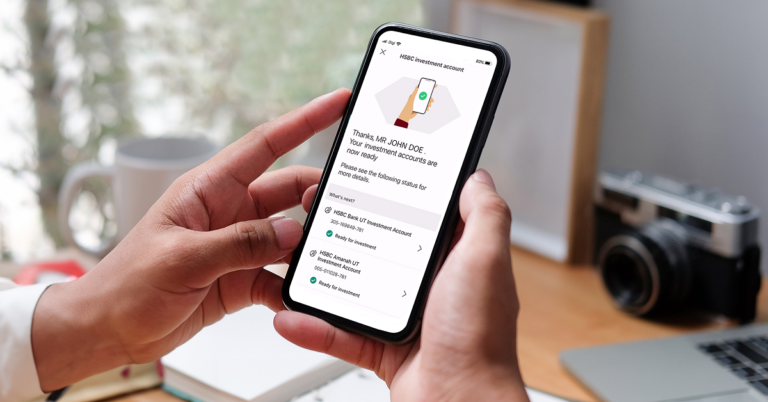In the dynamic landscape of modern workplaces, communication is the cornerstone of success. As businesses embrace remote work, flexible schedules, and diverse teams, the need for efficient communication tools becomes paramount. Team messaging tools, often referred to as instant messaging platforms, have emerged as indispensable assets, fostering collaboration, boosting productivity, and transforming the way teams interact in today’s professional environments.
I. Seamless Collaboration Across Geographies:
Team messaging tools transcend geographical boundaries, connecting team members regardless of their physical location. Whether colleagues are working from different cities or continents, these platforms provide a real-time, accessible space for workplace communication. This ensures that no matter where team members are situated, collaboration remains seamless, promoting a more connected and integrated global workforce.
II. Enhanced Real-time Communication:
Traditional email communication has its merits, but the instantaneous nature of team messaging tools takes communication to a whole new level. With the ability to send and receive messages in real-time, teams can engage in quick discussions, share updates, and address queries promptly. This immediacy not only accelerates decision-making processes but also fosters a sense of urgency and responsiveness among team members.
III. Increased Productivity through Efficient Information Exchange:
Team messaging tools serve as a centralized hub for information exchange, eliminating the need for scattered emails and time-consuming meetings. By consolidating communication channels, these platforms streamline the flow of information, making it easier for team members to access relevant updates, share documents, and collaborate on projects. This enhanced efficiency translates to increased productivity across the organization.
IV. Facilitation of Remote Work:
The rise of remote work has made the flexibility of team messaging tools indispensable. These platforms provide a virtual office space where team members can communicate, share updates, and collaborate, irrespective of their physical locations. As organizations embrace the benefits of a remote workforce, instant messaging platform become critical in maintaining a cohesive and connected team.
V. Organization-wide Transparency:
Team messaging tools offer transparency by providing a central space where all team members can view conversations, updates, and shared documents. This transparency not only keeps everyone in the loop but also fosters a culture of openness within the organization. By promoting visibility into ongoing projects and discussions, team members can stay informed and engaged, leading to a more cohesive work environment.
VI. Integration with Other Productivity Tools:
To further enhance their functionality, many team messaging tools integrate seamlessly with other productivity tools. This integration allows for a more comprehensive and interconnected digital workspace. Whether it’s linking to project management tools, file-sharing platforms, or video conferencing applications, these integrations contribute to a more holistic approach to collaboration within the organization.
VII. Facilitating Swift Decision-Making:
In a fast-paced business environment, the ability to make swift decisions is crucial. Team messaging tools empower teams to make decisions promptly by providing a platform for quick discussions and feedback. This agility is particularly beneficial in situations where rapid responses are required, ensuring that the decision-making process is not hindered by communication delays.
VIII. Mitigating Email Overload:
Email overload is a common challenge in today’s workplaces, often leading to delayed responses and missed messages. Team messaging tools help alleviate this issue by providing a more organized and immediate channel for communication. By moving quick queries and updates to these platforms, teams can reserve email communication for more formal and detailed discussions, creating a more efficient communication ecosystem.
IX. Fostering a Collaborative Culture:
The interactive and dynamic nature of team messaging tools fosters a collaborative culture within organizations. The ability to share ideas, provide instant feedback, and engage in ongoing discussions creates an environment where collaboration is not only encouraged but also becomes second nature. This collaborative culture contributes to enhanced innovation, problem-solving, and overall team satisfaction.
X. Improved Employee Engagement and Satisfaction:
Effective communication is a key driver of employee engagement and satisfaction. Team messaging tools create a sense of community among team members, irrespective of their physical proximity. The ability to communicate freely, share achievements, and engage in casual conversations builds a positive work culture. This, in turn, contributes to higher levels of employee satisfaction and a more connected workforce.
Conclusion:
In the era of modern workplaces, team messaging tools have emerged as essential facilitators of efficient communication and collaboration. From breaking down geographical barriers to enhancing real-time communication and fostering a collaborative culture, the benefits of these instant messaging platforms are diverse and impactful. Organizations that embrace and integrate team messaging tools into their workflows position themselves to thrive in the ever-evolving landscape of the modern workplace. As technology continues to shape the way we work, the role of team messaging tools is set to become even more integral in promoting connectivity, productivity, and a collaborative ethos within organizations.







